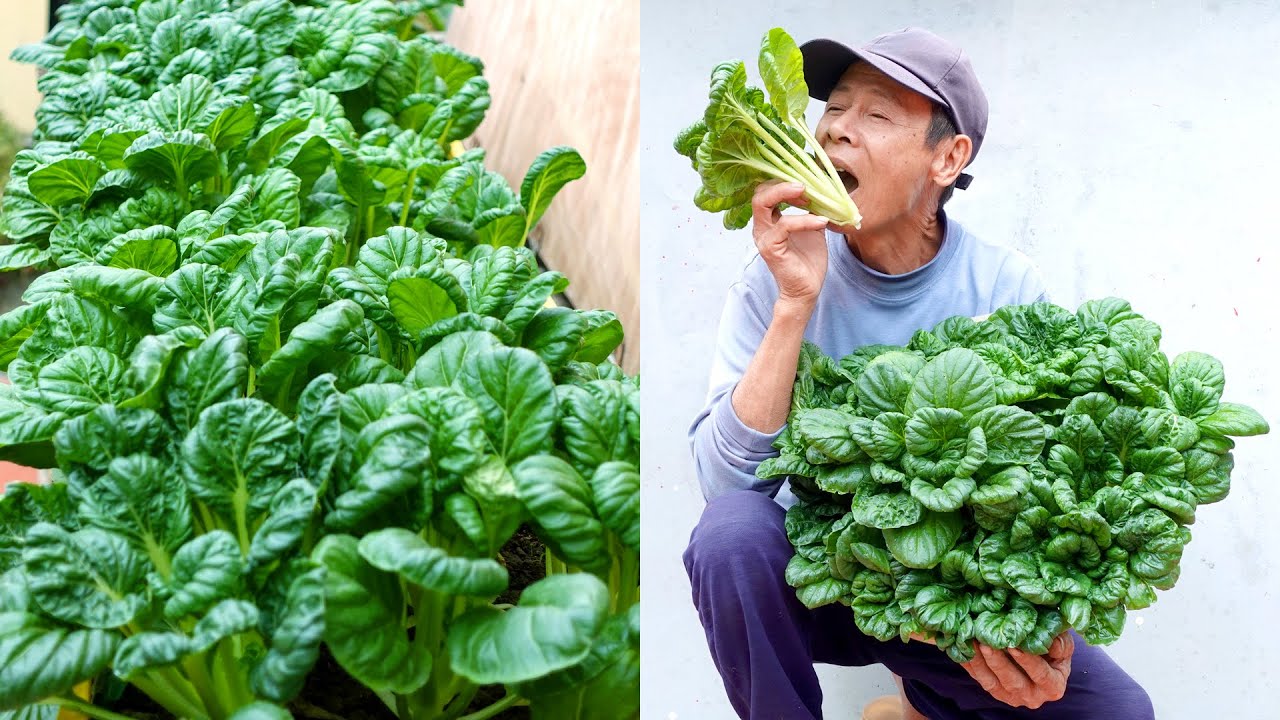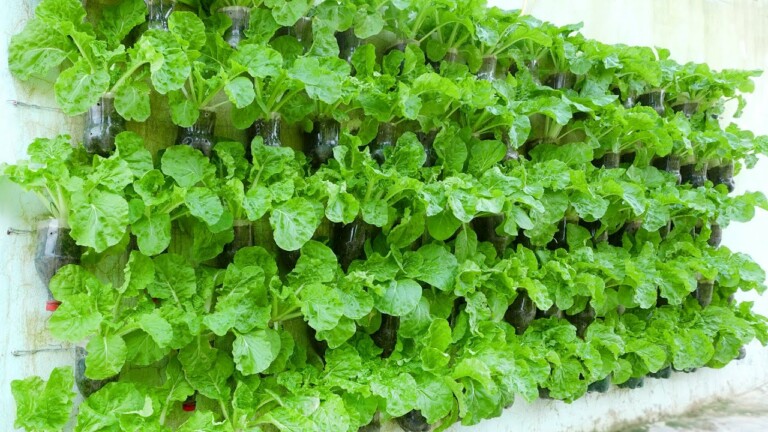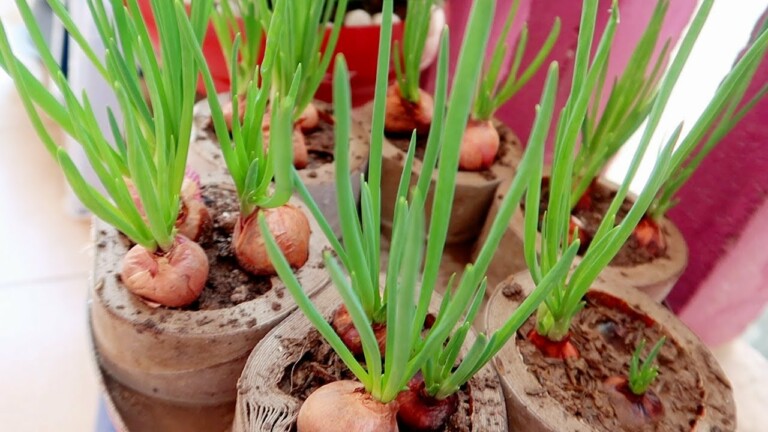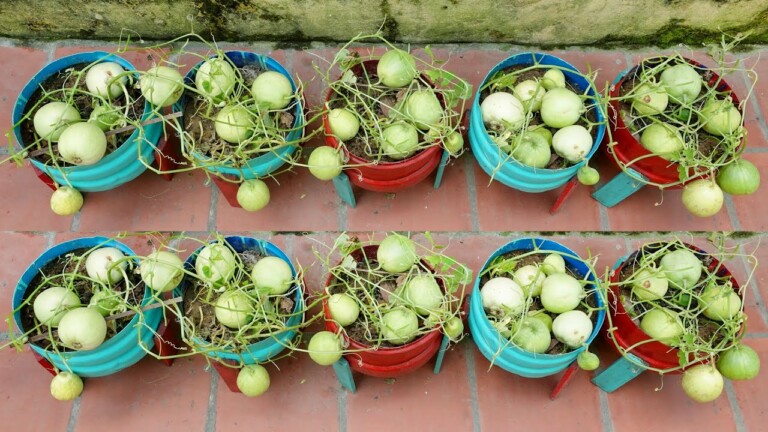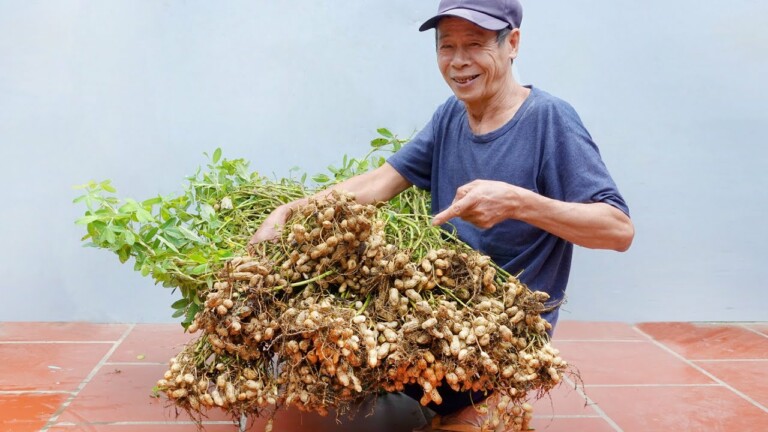Brilliant Idea | How to Grow Carrots at Home to Produce Many Bulbs
Welcome to our blog where we share our brilliant idea on how to grow carrots at home and produce a bountiful yield. If you’re a gardening enthusiast like us, you know the satisfaction that comes from cultivating your own fresh and delicious vegetables. In this post, we’ll guide you through the step-by-step process of growing carrots, enabling you to enjoy the delectable results in your own backyard. So, let’s roll up our sleeves and delve into the world of carrot cultivation together!
Brilliant Idea | How to Grow Carrots at Home to Produce Many Bulbs
Introduction
Are you tired of buying carrots from the grocery store that lack freshness and flavor? Why not consider growing your own carrots at home? It’s not as difficult as you might think, and with our brilliant idea, you can produce an abundant supply of delicious carrots right in your own backyard. In this article, we will guide you through the process of how to grow carrots at home and share some tips and tricks to ensure a successful harvest.
Getting Started
Before we delve into the details, let’s start with the basics. Carrots are root vegetables that thrive in loose, well-drained soil. They require full sunlight, so choose a spot in your garden that receives ample sunlight throughout the day.
Here’s a step-by-step guide on how to grow carrots at home:
-
Prepare the soil: Carrots prefer loose, sandy soil. Remove any rocks, weeds, or debris and break up the soil to a depth of at least 12 inches.
-
Sow the seeds: Carrot seeds are small, and it’s important to distribute them evenly to avoid overcrowding. Plant the seeds about half an inch deep and one to two inches apart.
-
Watering: Carrots need consistent moisture to grow properly. Water them regularly, keeping the soil moist but not waterlogged. Be careful not to overwater, as it can lead to fungal diseases.
-
Thinning: Once the carrot seedlings have emerged, you’ll need to thin them out to allow enough space for each plant to grow. Thin them to one to two inches apart when they reach about two inches in height.
-
Mulching: Mulching can help retain moisture and prevent weeds from competing with the carrots for nutrients. Apply a layer of organic mulch around the plants, taking care not to cover the foliage.
-
Fertilizing: Carrots don’t require heavy fertilization, but adding compost or well-rotted manure before planting can provide them with the necessary nutrients. Avoid using fresh manure as it may cause forked or deformed carrots.
-
Pests and Diseases: Keep an eye out for common pests such as carrot flies and aphids. Use organic pest control methods if necessary and practice crop rotation to prevent the buildup of diseases.
Now that you know the basics, it’s time to put our brilliant idea into action and watch your carrot bulbs grow!
FAQs (Frequently Asked Questions)
-
Can I grow carrots in containers?
Absolutely! Carrots can be grown in containers as long as they have enough depth for the roots to develop. Choose a container with a depth of at least 12 inches and provide proper drainage. -
How long does it take for carrots to grow?
Carrots typically take around 70 to 80 days to reach full maturity. However, you can start harvesting baby carrots as soon as they reach the desired size. -
Can I grow carrots year-round?
Carrots are cool-season crops and prefer temperatures between 50°F and 75°F. They can be grown in early spring or late summer for a fall harvest. In areas with mild winters, you can also grow carrots throughout the winter. -
What are some common problems when growing carrots?
Carrot rust fly, root knot nematodes, and fungal diseases like powdery mildew are some common problems faced by carrot growers. Proper crop rotation, practicing good sanitation, and using organic pest control methods can help prevent these issues. -
How can I store harvested carrots?
After harvesting, remove the green tops from the carrots and store them in a cool, dark place. You can also store them in the refrigerator in perforated plastic bags to keep them fresh for a longer period.
Conclusion
Growing carrots at home is a rewarding experience that allows you to enjoy the freshest and most flavorful produce. With our brilliant idea and handy tips, you can easily grow carrots that are bursting with goodness right in your own backyard. Remember to provide ample sunlight, maintain proper moisture levels, and take preventive measures against pests and diseases. So why wait? Start your carrot gardening journey today and savor the joy of harvesting your very own homegrown carrots.
FAQs:
- Can I grow carrots in containers?
- How long does it take for carrots to grow?
- Can I grow carrots year-round?
- What are some common problems when growing carrots?
- How can I store harvested carrots?
